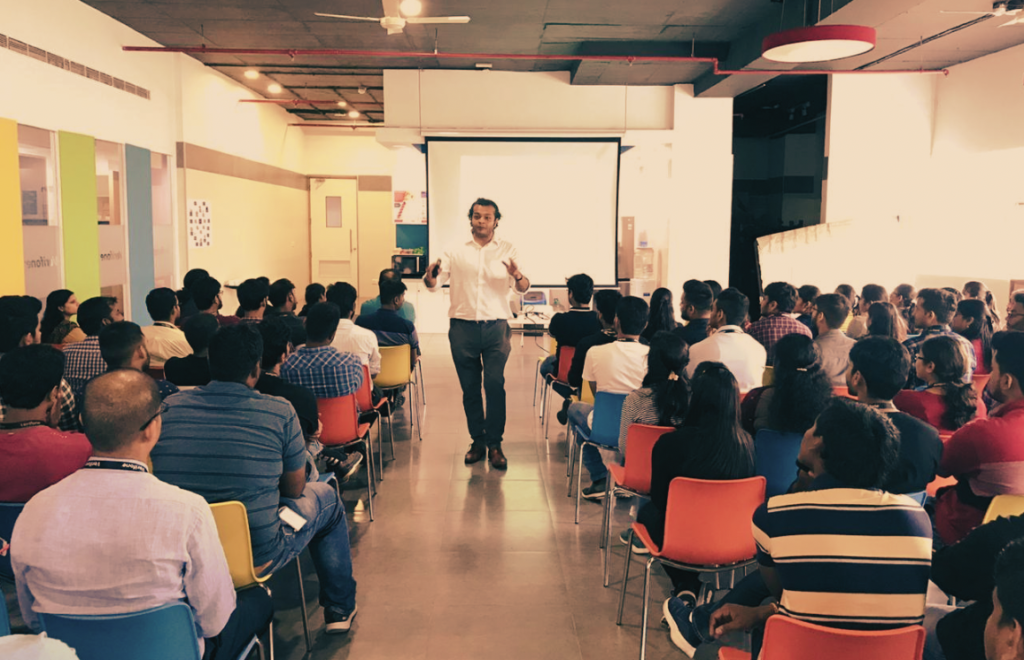Simplify goal-setting with our OKR consulting. Achieve up to 90% better alignment
between team and company goals. Build a strong OKR mindset and drive success
from planning to execution.
Benzne has designed and implemented turnkey Agile and OKR led transformation journeys across Fintech, Healthcare, Insurance, Semiconductors, SaaS, Non-IT, Proptech & various other IT product and services companies.
We have established ourselves as a trusted transformation and consulting company with 15+ Turnkey Agile Transformation journeys, transforming over 400+ Teams and a collective experience of 80+ years as process consultants. We have worked with clients across services and product domains and added exceptional value to their key deliverables like delivery timelines, commit dates, predictability, one team mindset and key metrics
Goal setting for the teams around strategic objectives has always been prevalent. Why the new interest in OKR? The answer may lie in the huge traction and adoption of Agile across organisations.
Objective Key Results is a simple goal setting mechanism within an organisation. Setting goals for individuals and teams motivates them, gives them a sense of accomplishment and brings inclusivity while pushing individuals to achieve their
Read more
goals and increasing productivity. As an OKR consulting company, Benzne helps companies implement contextual OKR strategy which align their efforts, measure performance effectively, and foster a culture of strategic alignment, transparency and continuous improvement.
Less

OKRs are directly linked to the company's mission and vision, ensuring that everyone is moving in the same direction. Goal clarity and quantitative performance management improves expectation setting, performance and brings transparency.
Leaders in organisations following OKR can analyse objective progress and make informed decisions based on real-time performance metrics. The quantitative nature of key results in OKRs facilitates data-driven decision-making.
OKRs focus on continuous improvement, agility, employee engagement, enhanced communication, accountability and scalability.
Check your OKR Maturity Now!
The assessment will take less than 10 minutes to complete. Your details are completely safe with us.
Rated [4.9 Stars] on Google. We’re proud to deliver top-notch service and quality that our clients love.
We help organisations define clear and measurable objectives along with key results. Our experienced OKR consultants bring insights and best practices from working with various organisations. They can share lessons learned and guide companies on what works well in different situations, helping to avoid common pitfalls.
Benzne OKR services focuses on guiding organisations to adapt OKRs to their specific context and needs. We help in customising the framework to suit the organisation's culture, structure, and industry requirements.
Implementing OKRs involves a cultural shift and changes in the way teams and individuals set and track goals. Our OKR consulting services includes training resources, setting the context, implementing and ongoing support to facilitate a smooth implementation process.
OKR consulting is not just about setting goals initially but also about continuously refining and improving the process. Consultants can help organizations learn from the outcomes of previous OKR cycles and make adjustments for better results in the future.
An OKR Consulting company helps establish effective communication channels for sharing progress, challenges, and successes related to OKRs. We take ownership, drive the change and collaborate closely with the client to ensure success.
As organisations grow, their goal-setting processes need to scale accordingly. OKR consulting services can assist in ensuring that the framework remains effective and scalable as the organisation expands.